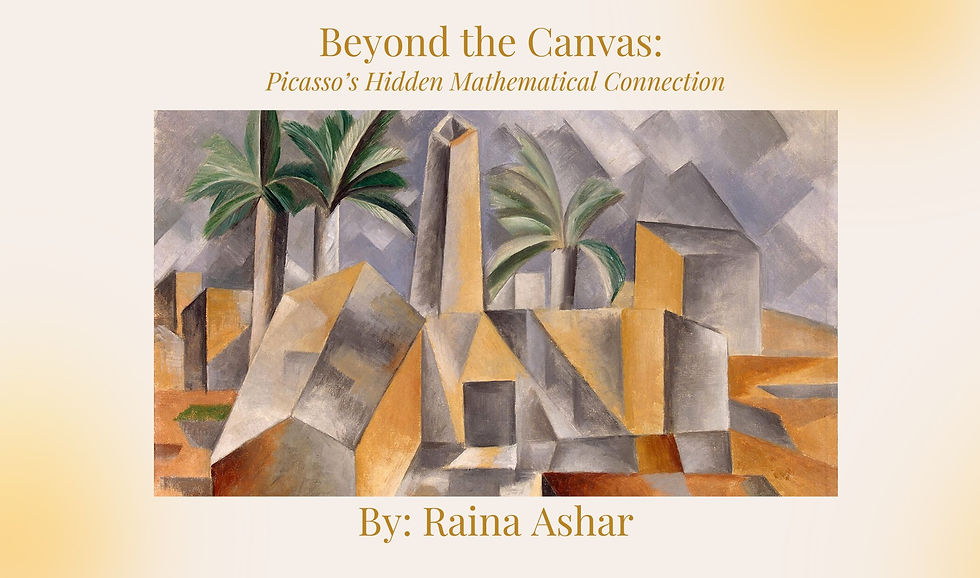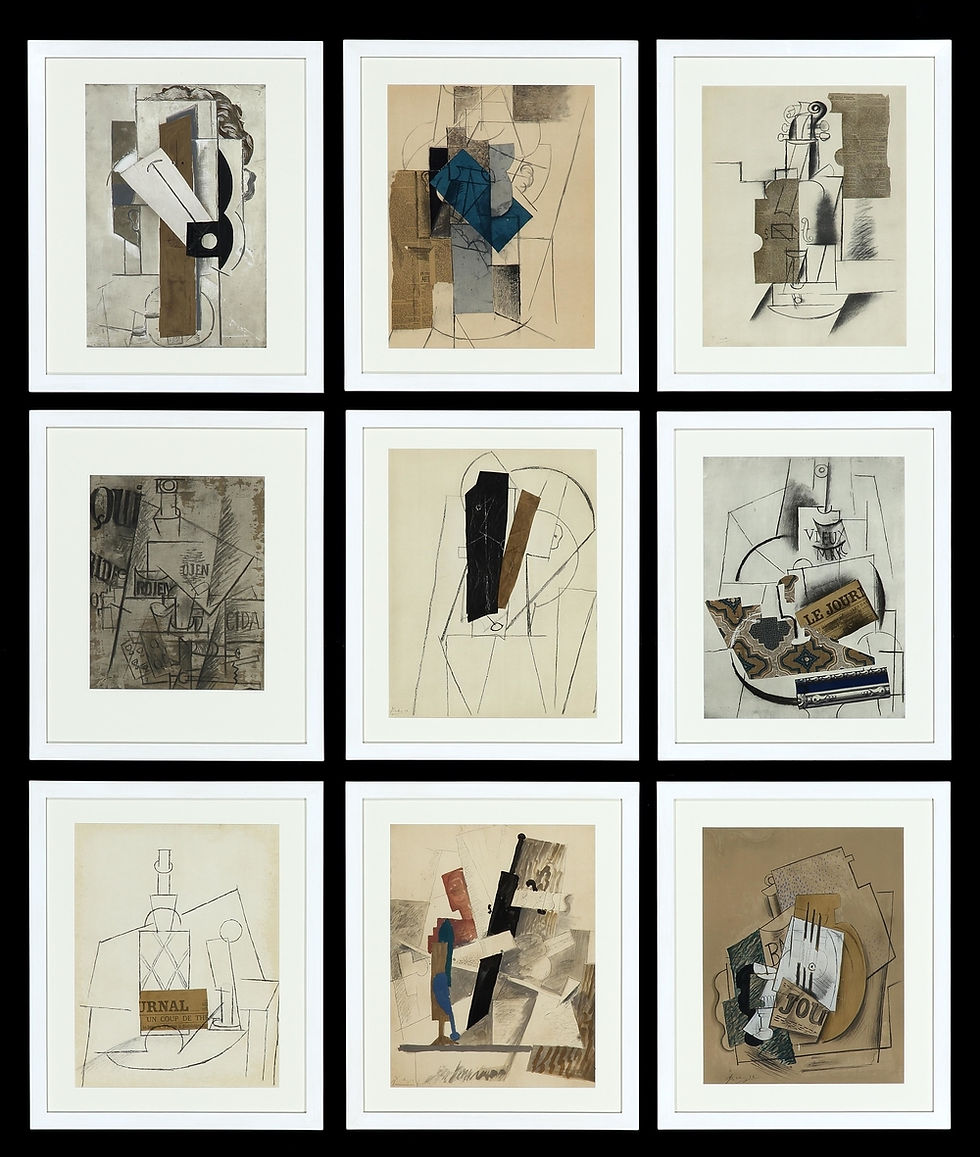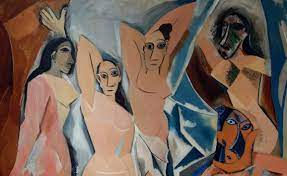Beyond the Canvas: Picasso’s Hidden Mathematical Connection
- toinfinityandbeyondmathclub

- Aug 1, 2023
- 3 min read

‘Every act of creation is first an act of destruction.’ Pablo Picasso spoke these wise words and left a huge impact on the world. But how does it relate to mathematics? When mathematicians tackle complex problems, they often need to deconstruct them into smaller, more manageable pieces.
Pablos Picasso, well, we’ve all known him as a sublime artist whose art defined the world and him. However, we never dove deep into the technicality of his artwork. They say math runs the world. Well yes, math also leads to these wonderful panoramas.
He made multiple references and built connections with various mathematicians as well, to develop the structure of his paintings. Picasso's exploration of geometric forms and mathematical principles can be observed in various stages of his artistic career. Here are a few ways in which Picasso's art intersected with mathematics:
Cubism:
Cubism is an influential art movement that was founded by Pablo Picasso and Georges Braque in the early 20th century. Its key element is the reconstruction of geometrical shapes, often leading to multiple outlooks simultaneously. The evolution of cubism began when artists started using 3D objects in their paintings to create different perspectives. This is also known as Synthetic Cubism. Picasso’s Papier Collés is a good example of synthetic cubism.

Multiple Perspectives:
The relationship between multiple perspectives in Cubist paintings and mathematical equations can be seen through the concept of fragmentation.
The fragmentation of cubism allowed Picasso to view his paintings from multiple perspectives. Similarly, mathematics involves the analysis and decomposition of natural phenomena into simpler algebraic or geometric equations. Both, cubism and mathematics seek the person to understand the fundamentals that help constitute the whole, be it the equation or the painting!
Mathematical Instruments:
The geometry box instruments like the rounder, protractor, divider, etc were not typically used by Picasso. The use of geometry and mathematical concepts was more conceptual rather than practical and instrumental. While mathematics and geometry influenced the theory of Cubism, the artist did not rely on precise mathematical calculations or measurements in his artistic process. The emphasis of Cubism was on breaking away from conventional representational techniques and exploring new ways of perceiving and depicting the world.
It's important to note that while mathematical instruments were not used in Picasso's painting process, his contributions to the art world have inspired mathematical analyses and interpretations of his works by art historians, critics, and mathematicians who seek to explore the underlying geometries and structures within his compositions.
Mathematical Collaboration:
In the annals of history, there is no documentation of Picasso and his conversations with mathematicians. Hitherto, there was one extensive collaboration of Picasso with Maurice Princet who introduced Picasso to various hypotheses, theories, and concepts of mathematics. Princet introduced the idea of non-Euclidean geometry and the fourth dimension to Picasso which he has widely used in his painting - Les Demoiselles d'Avignon. Their discussions on these topics influenced Picasso's artistic thinking and may have had an impact on his exploration of form and perspective in his artworks.

Adding on, mathematical principles, such as symmetry groups and fractal geometry, have been used to analyze the geometric properties of tribal art, which may have resonated with Picasso's artistic sensibilities.
Lastly, the connection between Picasso and mathematics is captivating and offers a completely different perspective on the complexities of artistic expression and analytical thinking. Picasso’s innovative use of geometric shapes, cubism (multiple perspectives), and symmetry shows a profound understanding of mathematical analogies and how they can be pushed into the world of artistic interpretations.
Pablo Picasso is nothing but an inspiration due to his ability to merge the worlds of art and mathematics which demonstrates the power of versatility and the endless possibilities that arise when logic and creativity intersect.
By: Raina Ashar, AS-B





Comments